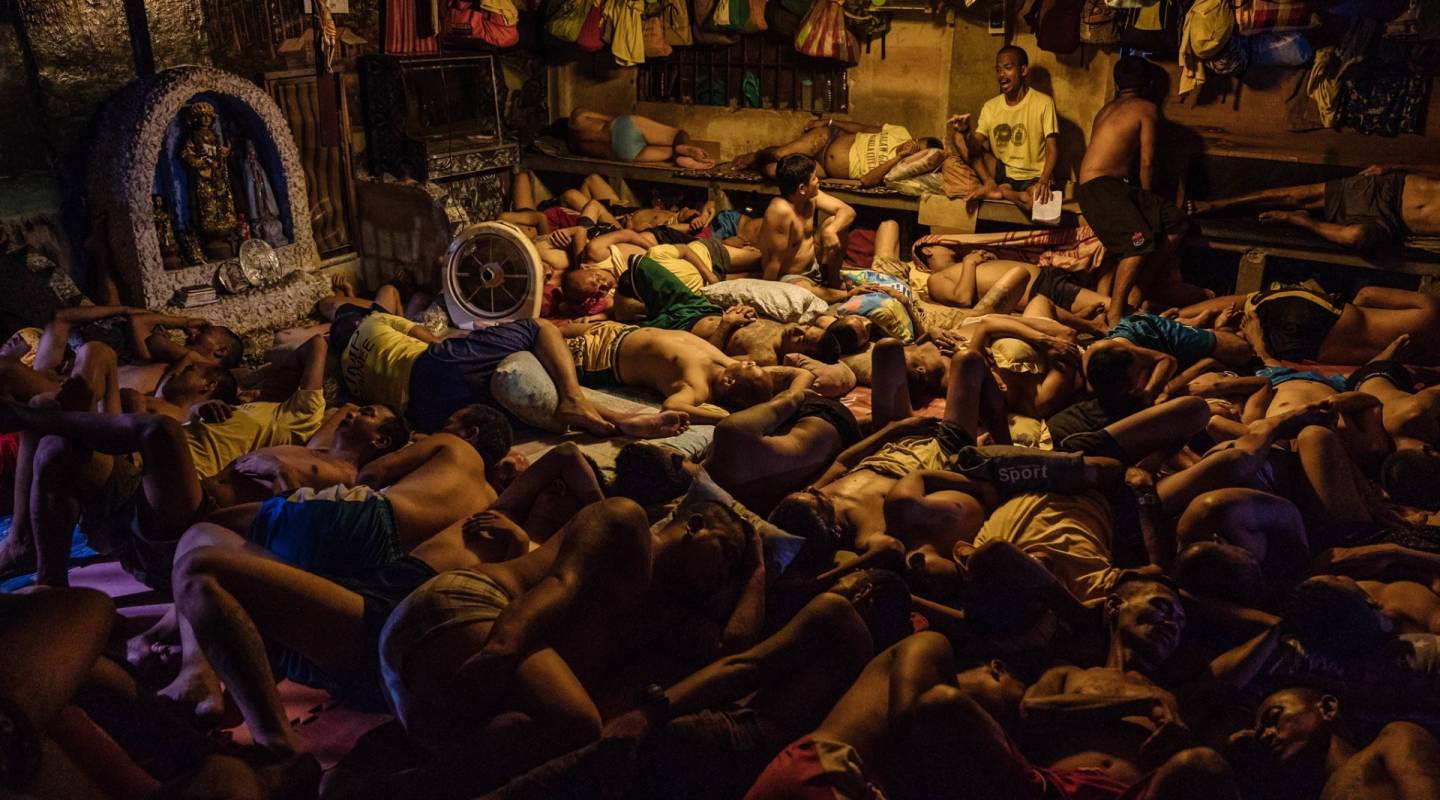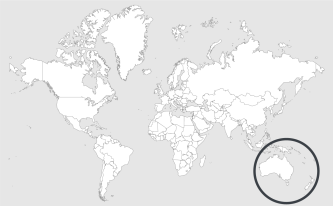
Explore
Philippines: where 518 inmates sleep in space for 170, and gangs hold it together
For some inmates of the Manila City Jail, making the bed means mopping up sludgy puddles, unfolding a square of cardboard on the tile floor and lying down to sleep in a small, windowless bathroom, wedged in among six men and a toilet.
On one recent night at the jail, in Dorm 5, the air was thick and putrid with the sweat of 518 men crowded into a space meant for 170.
The inmates were cupped into each other, limbs draped over a neighbor’s waist or knee, feet tucked against someone else’s head, too tightly packed to toss and turn in the sweltering heat.
Since President Rodrigo Duterte’s violent antidrug campaign began in 2016, Philippine jails have become increasingly more packed, propelling the overall prison system to the top of the World Prison Brief’s list of the most overcrowded incarceration systems in the world.
In the Manila City Jail, sleep is the most precious commodity.
If an inmate has money, he can buy a spot in a “kubol,” a small, improvised cubicle shared by two or more men, separated from the crowds with plywood walls and a curtain.
Otherwise, it’s the floor, or perhaps a bathroom, or on a stairway fashioned from two-by-fours; if an inmate falls off one of those steps, he takes everyone below with him.
Few of these inmates have been convicted — most are pretrial detainees — but many will spend months or even years in the jail because the court system is so jammed.
The overcrowding has gone on for so long, and the detainees outnumber the guards by so many, that a tacit agreement between officials and jailhouse gangs has become the rule.
The gangs are technically illegal, but they help keep things from melting down into chaos and often help stretch scarce jail resources to keep inmates fed, officials and inmates said.
Some officials are blunt about how bad things have gotten.
“When you are detained in Philippine jails, you are being tortured,” said Leah Armamento, a member of the Philippine government’s Commission on Human Rights.
She was referring to a 2015 finding by the United Nations Subcommittee on Prevention of Torture, which called for urgent action to address overcrowding.
The Philippine judicial system is riddled with inefficiencies, and there is a culture of bribery and structural incentives for judges and lawyers to move slowly, despite a constitutional right to a speedy trial, said Raymund Narag, an assistant professor at Southern Illinois University who studies Philippine jails.
One inmate, a boy who left home after his family disowned him for being gay, was arrested in April 2017 on accusations of shouting in public and carrying a concealed knife.
He was 15 years old at the time, he said, but the arresting officers put down a date of birth suggesting he was over 18, and he was taken to Manila City Jail.
Now 16, his case was resolved two months after his arrest, when the prosecutor requested his release after a dental exam proved he was a minor. But the jail has not received a final order for his release from the Social Welfare Department.
Lost amid a culture of institutional indifference, he has been in jail for a year and nine months — far surpassing the sentence he would have received had he actually been convicted, which would have been as little as a $4 fine or 15 days in jail.
The boy, whose name is being withheld because he is a minor, said that he wanted to be released, of course, but that he did not know how to make that happen.
“Nobody is helping me,” he said.
Mr. Narag, the professor, spent six years as a pretrial detainee in a Philippine jail himself, before finally being acquitted in 2002. He was a lawyer by training, and climbed the jail gang hierarchy to become a high-ranking “mayor de mayores,” or mayor of mayors.
The slow justice system and the elaborate social world of the jail are related, Mr. Narag explained.
“You stay so long inside the jail you need to develop a coping mechanism to survive,” he said.
Accordingly, he said, compared with places like the United States, the Philippine jails have become “much more communal, so the cell becomes a family inside.”
The gangs are those families, and officials concede that an informal agreement to share governance keeps them from losing control of the jail.
On a recent shift at the Manila City Jail, there was one correctional officer for every 528 inmates. The Philippine government recommends a ratio of one for every seven inmates.
